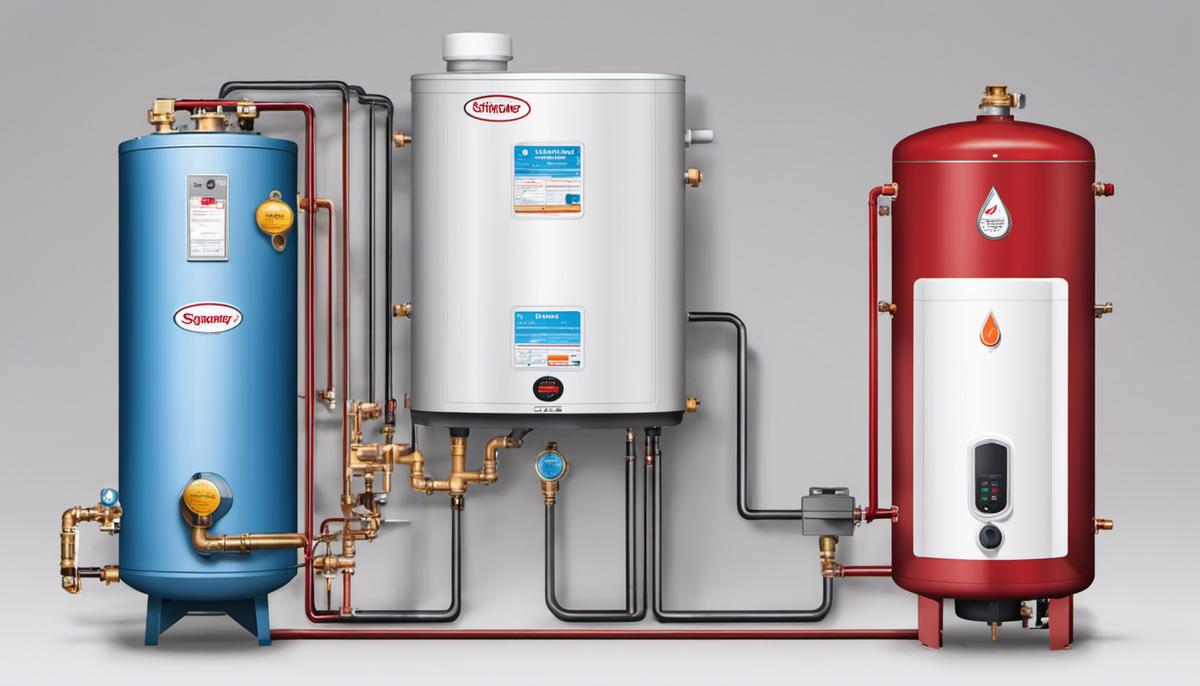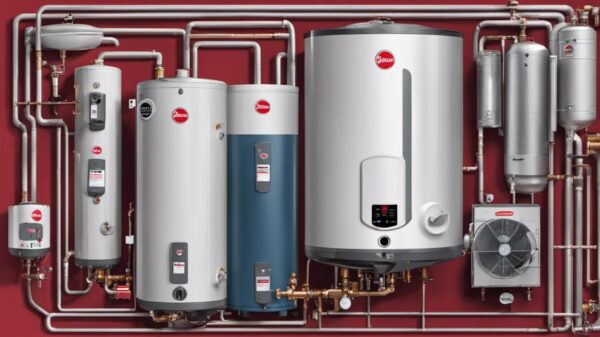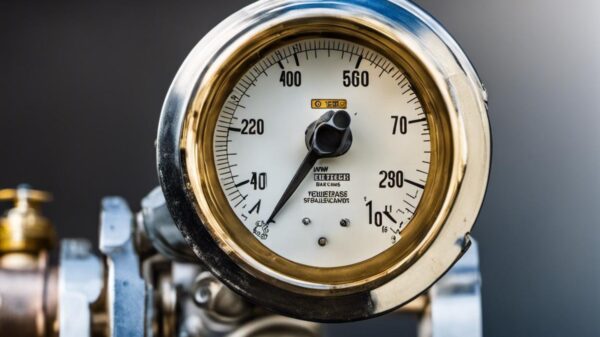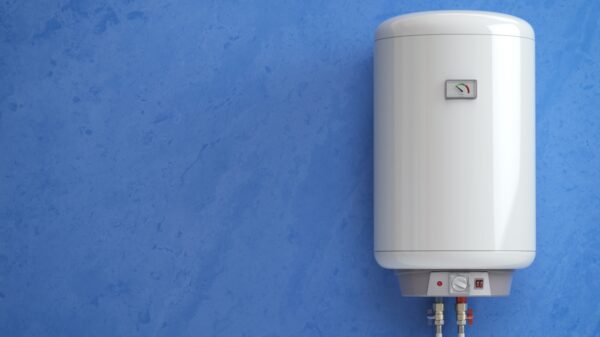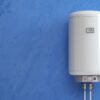Water heaters, although often overlooked, play a crucial role in our daily routines, from taking a warm shower in the morning to washing dishes in the evening. Understanding how these vital appliances work is key to ensuring their longevity and effective operation. This article will guide you through the different types of water heaters, namely tankless, storage tank, and heat pump water heaters. Moreover, you’ll get to familiarize yourself with their workings and potential issues. Furthermore, we will delve into common water heater problems such as lack of hot water, excessively hot water, unusual noises, and leakages, as well as their causes and signs. Equipped with this knowledge, you can identify potential issues before they escalate, saving you time and money.
Understanding the types of water heaters
A Comprehensive Tech-Perspective: Harnessing Knowledge of Water Heater Types for Effective Troubleshooting
From smart devices to home automation, technology has pervaded all aspects of our lives, making it more critical than ever to keep up with the latest advancements. Even everyday household fixtures like water heaters have seen an evolution. They may look innocuous and straightforward, but behind each type lies a unique tech profile necessitating a broad knowledge base. Deftly navigating each of these heater types has palpable benefits, chiefly aiding in efficient troubleshooting.
For tech enthusiasts and curious homeowners alike, understanding the functionality of various water heater types is a step towards mastering the sacred craft of DIY home maintenance. More importantly, it feeds into a love for problem-solving with technology, maximizing benefits while minimizing effort.
- Tankless Water Heaters: These are energy-efficient systems that heat water on demand, eliminating the need for storage tanks. Understanding their operation can help diagnose common issues like intermittent hot water or a system overload. Knowledge of modulating gas valves, flow sensors, and the importance of routine descaling can simplify troubleshooting considerably.
- Storage Tank Water Heaters: These traditional units use insulated tanks to hold water, which is then heated and released. Familiarity with key components – the thermostat, dip tube, drain valve, and heating mechanism can provide critical insights into common problems like water leakage or erratic temperature fluctuations.
- Heat Pump Water Heaters: These energy-efficient types move heat instead of generating it. Recognizing the importance of ambient temperature settings and the heat exchanger can streamline the problem-solving process in cases of deficient hot water supply or high energy consumption.
- Solar Water Heaters: These involve a solar collector and a storage tank. A comprehensive understanding of solar panels, the circulating pump, and the differential controller can expedite troubleshooting, particularly during periods of inadequate hot water supply.
- Condensing Water Heaters: Operating on gas, these heaters utilize exhaust gases to heat the water. Comprehending the crucial role of the heat exchanger and venting process can assist in diagnosing heater inefficiency or breakdown swiftly.
To effectively troubleshoot any water heater, you must precisely identify the unit’s type first. It provides a stepping stone for decoding the issue and conjuring a solution. Once the type is recognized, use technology to your advantage – numerous manufactured apps and self-help videos offer a wealth of knowledge worth tapping into for comprehensive assistance.
In the end, understanding the underlying technology of various water heater types aids significantly in efficient troubleshooting. It’s a valuable testament to how technology, far from being limited to the realm of cutting-edge devices and software, forms the backbone of our everyday appliances – silently, but surely. Cooperating with it is not just empowering, but incredibly rewarding as well. For those who are tech savvy, it’s happier homes all the way!
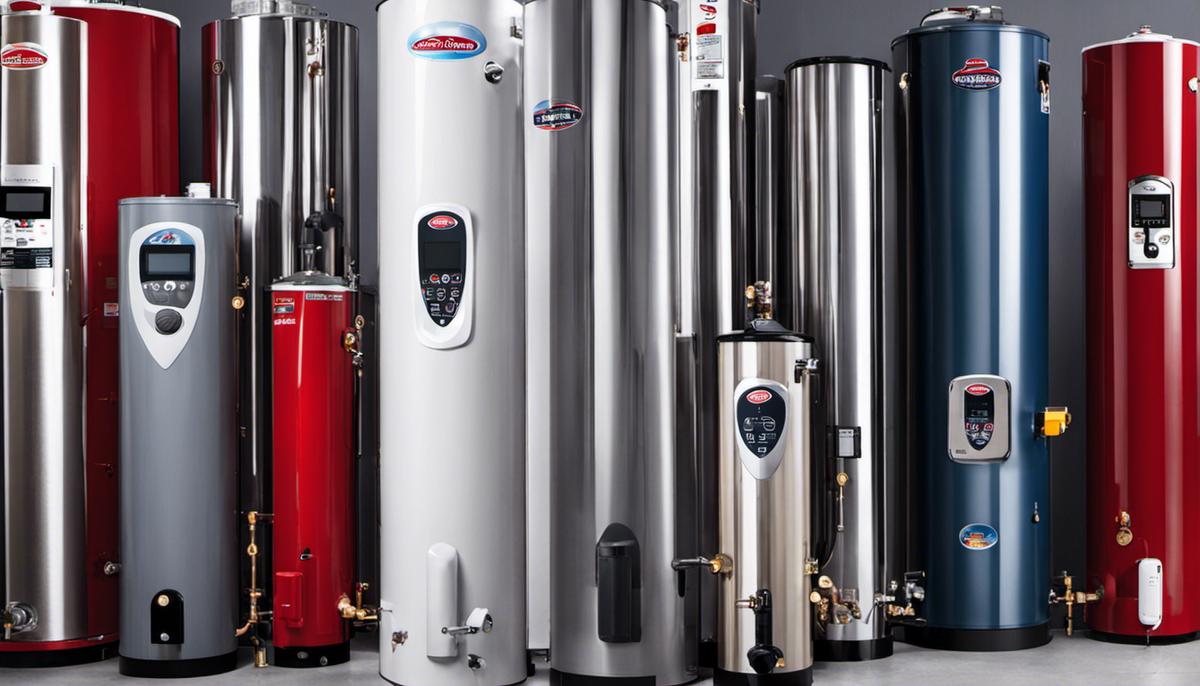
Learning common water heater problems
Water Heater Troubleshooting Tips: Key Issues and Solutions
Venturing into the domain of water heater issues requires acquaintance with a wide spectrum of fundamental problems. Visible signs and symptoms that reflect potential malfunctions can be crucial in troubleshooting. Since the previous parts have addressed different types of water heaters and their nuances, this content focuses solely on the nitty-gritty of problems likely to emerge and their pragmatic solutions.
Inordinate Temperature Fluctuations: You might often experience inconsistent water temperature, oscillating from extreme hot to chilling cold. This could be due to a defective thermostat or accumulation of sediment in the tank, impeding heat transfer. The resolution lies in inspecting the thermostat for right calibration and regular flushing of the tank to prevent sediment buildup.
Inadequate Hot Water: On occasions when the water is barely lukewarm, perhaps the culprit is an undersized water heater, a dysfunctional heating element, or a misadjusted thermostat. The key is to choose a water heater apt for your household’s demand, ascertain the functioning of the heating element, or recalibrate the thermostat temperature respectively.
Loud Noises: Rumblings, knocks, or pops usually signify sediment buildup at the bottom of the tank. It is fundamentally making the heater work harder, hence the noise. A simple cleaning or flushing of the tank should do the trick.
Leaking Water: Instances of leaks could likely indicate a corroded tank, excessive pressure, or damaged valves. Herein, the strategy could involve replacing the water tank, moderating the high-pressure issue with a pressure-reducing valve, or fixing or replacing the damaged valves.
Discolored or Malodorous Water: This issue usually stems from bacteria development in the tank, prompting a hot-rot-egg odor, or rusting iron anode, generating a brownish tint. Solutions can be flushing the tank and filling it with a hydrogen peroxide solution to kill bacteria or replacing the rusty anode with a magnesium or aluminium one.
So, be it leaks, inadequate hot water, noisy operations, or unwelcome odors and discoloration, addressing these problems is all about tracing the issues back to their origins. Enlisting the assistance of advanced technologies and automated systems in diagnosing and troubleshooting can make this process accurate and time-efficient. After all, leveraging tech efficiencies to resolve mundane challenges isn’t just smart living; it’s a lifestyle.
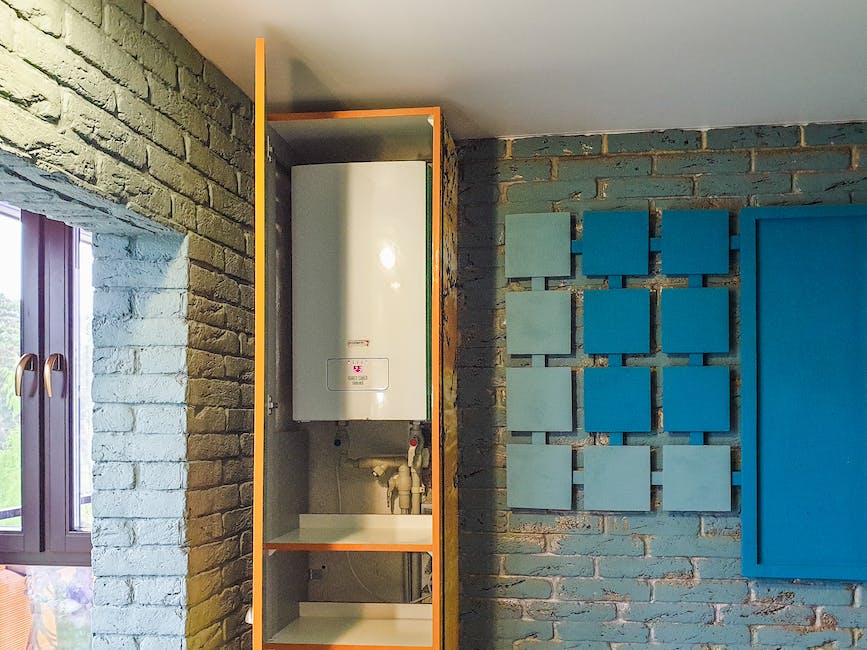
Water heater repair and maintenance
Understanding how to efficiently mend and upkeep your water heater can predicate upon the particular problem encountered and the type of the unit. To effectively repair and maintain a water heater, it’s crucial to grasp a transitional set of essential tasks and procedures, including:
- Regular Inspections and Maintenance: Like any other crucial household component, frequent check-ups can prevent escalating potential issues. Consider annual or semi-annual inspections by a licensed professional. If unable to do so, self-inspection is an option. In that case, be cautious for signs of corrosion, buildup, or damage in the tank, insulation, drain valve, and other parts.
- Temperature and Pressure Relief (TPR) Valve Test: Safe operation of the heater often hinges on this valve. It’s built to discharge water under excess pressure if the heater‘s tilting towards comprising safety limits. Conduct routine checks by raising the valve’s handle and letting it snap back. Listen for a gurgling sound to substantiate the valve operating as anticipated. If not, replacement becomes mandatory.
- Flush Sediments from the Tank: Minerals and sediments accrue over time in your heater tank, affecting its performance. Eliminate them by flushing the tank annually. Deploy a garden hose, attach it to the drain valve and direct the water into a bucket. Caution: water may be boiling hot. Continue until the water appears clear, signifying a clean tank.
- Replace the Anode Rod: This metal rod is designed to attract and absorb the corrosive particles in the water that would otherwise rust your tank. Examine the rod every three years and if more than six inches of the core steel wire is visible, get it replaced.
- Insulate the Water Heater: Insulation greatly escalates the efficiency of a water heater. Insulate the pipes using quality self-stick foam pipe insulation for optimal heat retention which saves energy costs in the long run.
- Use Modern Technology Tools: Maintenance takes a leap forward with smart detectors and monitors. These devices can signal water leaks, pressure abnormalities or temperature spikes. Data-driven detection methods present the opportunity to avoid sudden damages.
- DIY vs Professional Repairman: Although self-help is cost-effective and educational, it comes with risks. Professionals come equipped with leading-edge tools, years of experience, and deeper knowledge.
To conclude, the mantra of effective water heater maintenance and repair lies in being proactive, adopting modern technology solutions, and knowing when to involve a professional.
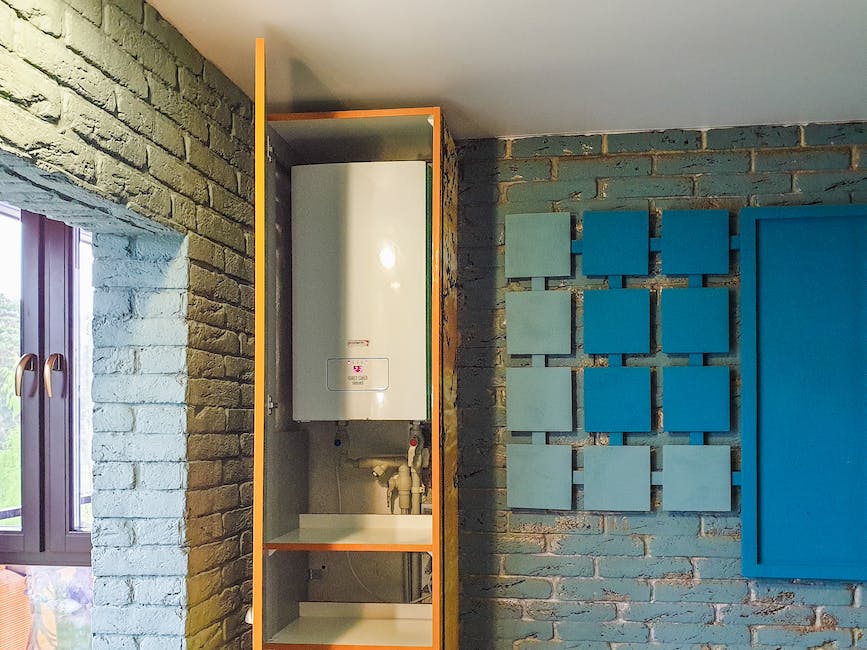
Ultimately, understanding the workings of your water heater can help you diagnose and potentially fix issues that may arise. Regular maintenance and immediate action at the sign of trouble can keep your water heater running efficiently, ensuring you’re never left with a cold shower on a chilly morning. We’ve explored the common issues that plague water heaters and provided insights on maintenance practices to keep them running smoothly. Whether you have a tankless, storage tank, or heat pump water heater, being informed will help you handle minor glitches and recognize when it’s time to enlist the help of a professional.


